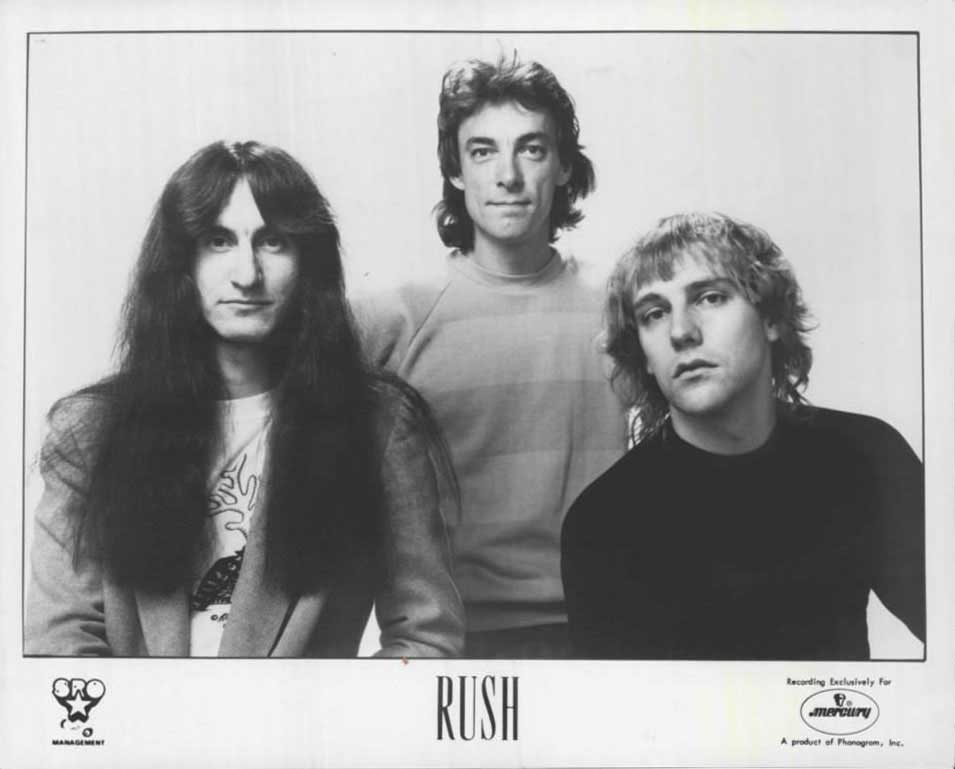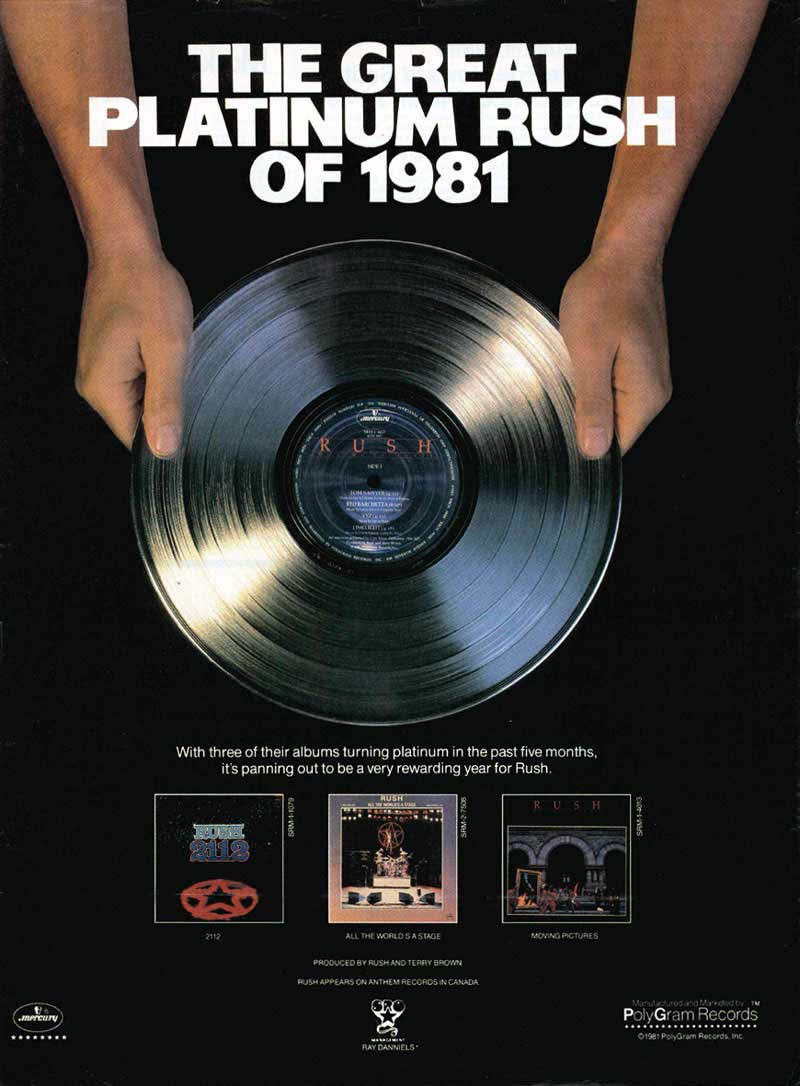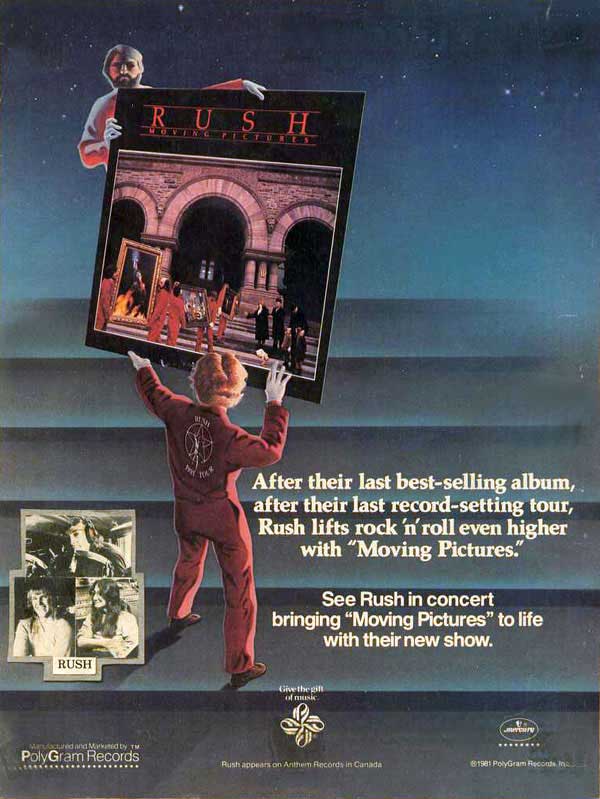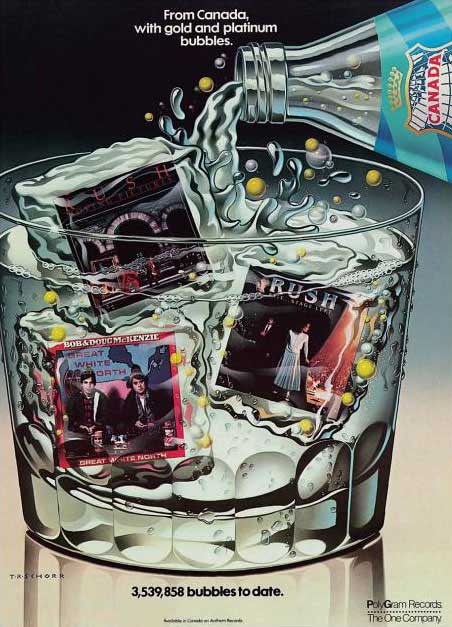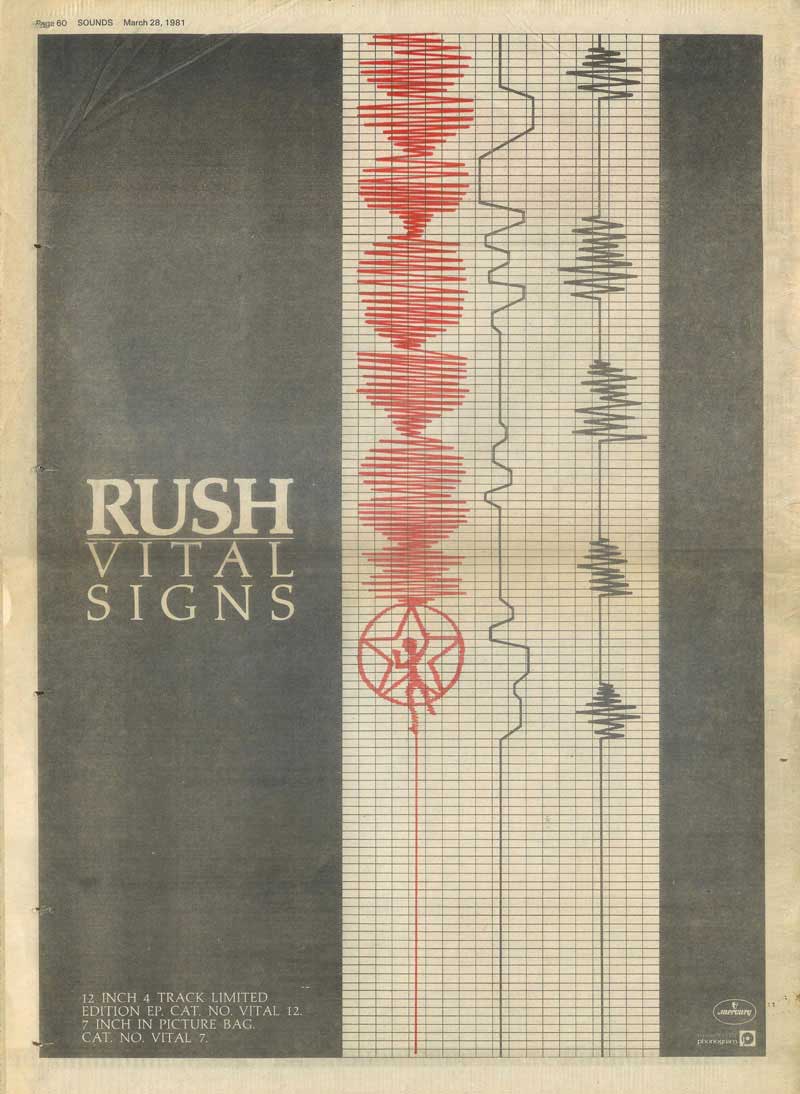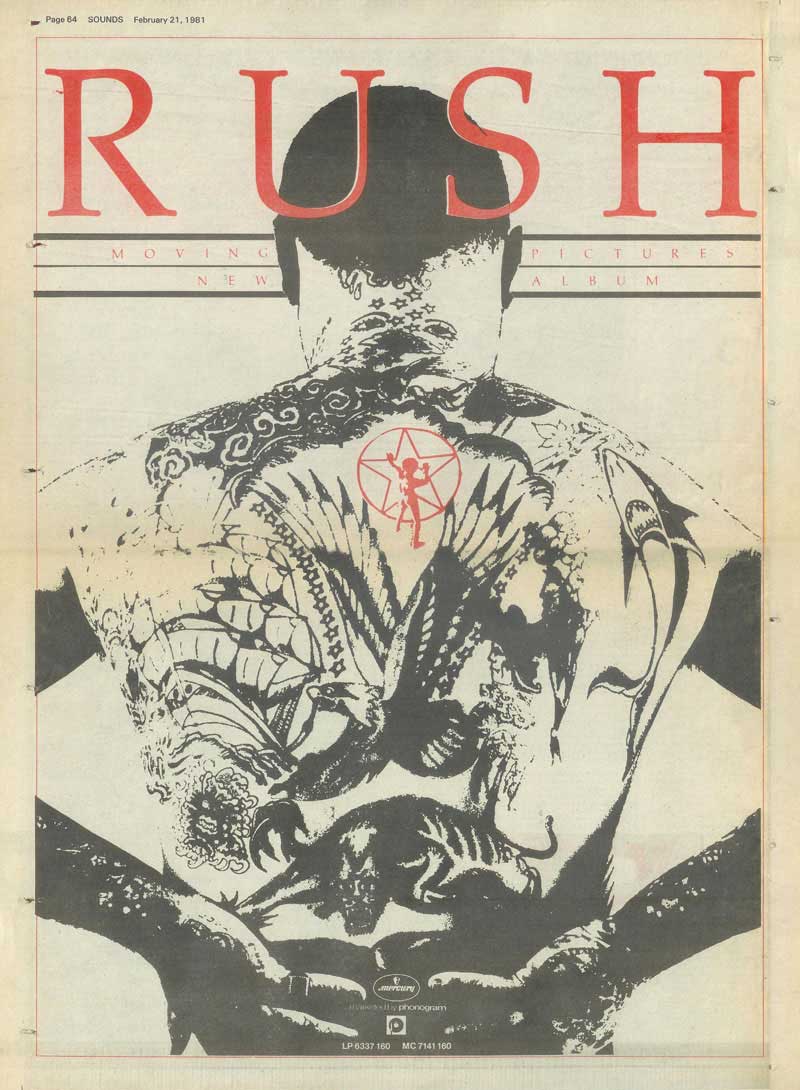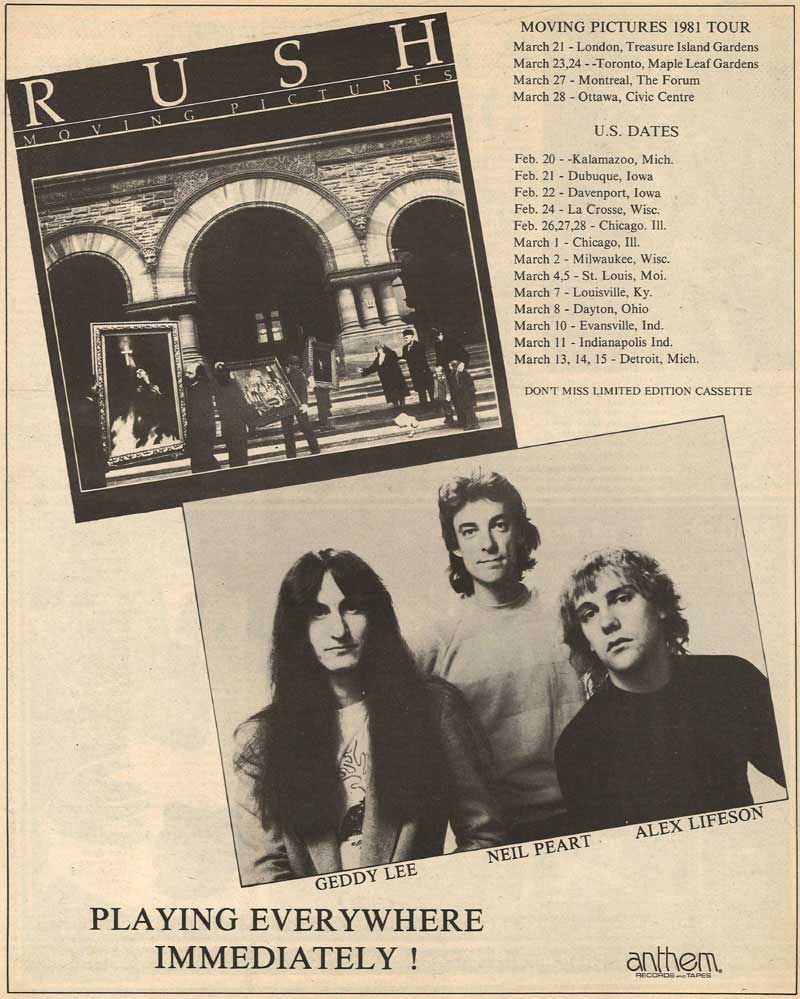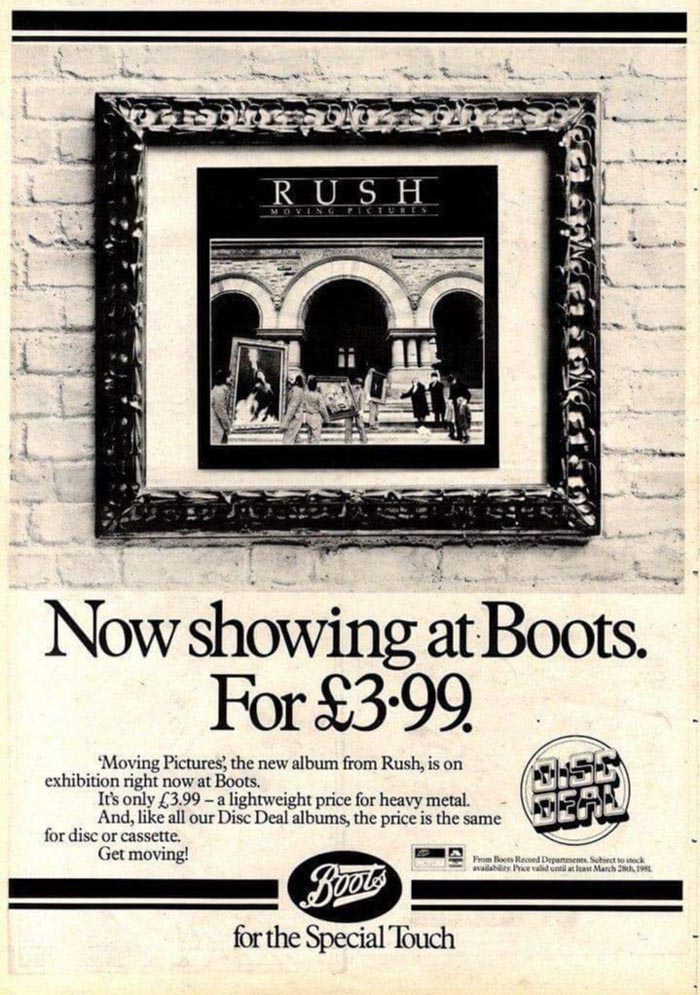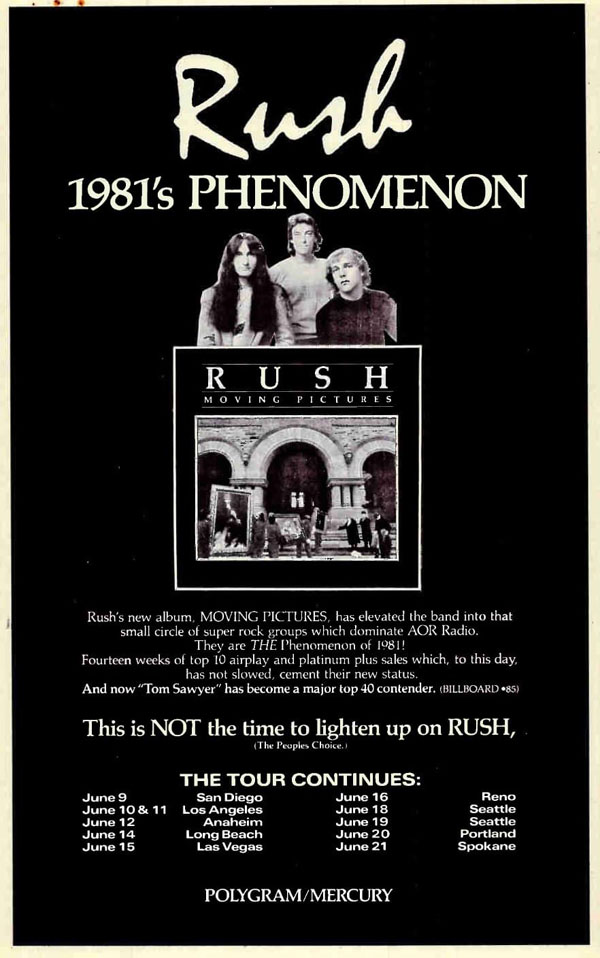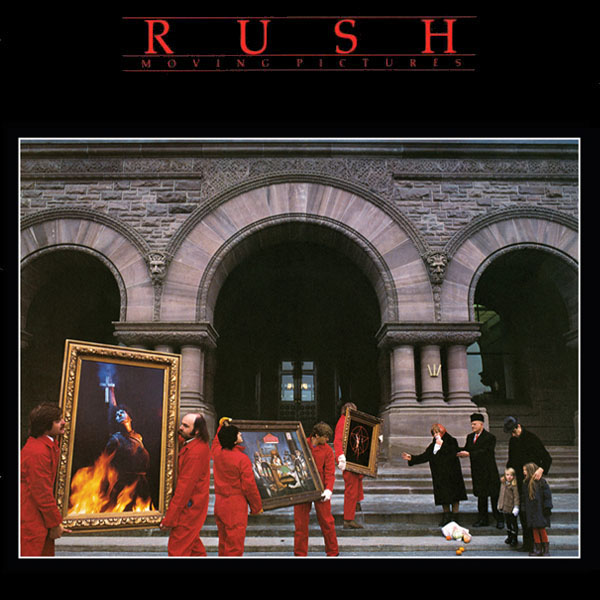
- Tom Sawyer (4:33)
- Red Barchetta (6:06)
- YYZ (4:24)
- Limelight (4:19)
- The Camera Eye (10:56)
- Witch Hunt (Part III of Fear) (4:43)
- Vital Signs (4:43)
Geddy Lee - Bass guitars, Oberheim polyphonic; OB-X; Mini-Moog; and Taurus pedal Synthesizers, vocals
Alex Lifeson - Six and twelve string electric and acoustic guitars, Taurus Pedals
Neil Peart - Drums kit, timbales, gong bass drums, orchestra bells, glockenspiel, wind chimes, bell tree, crotales, cowbells, plywood
Produced by Rush and Terry Brown
Arrangements by Rush and Terry Brown
Recorded and original stereo mixes mixed at Le Studio, Morin Heights, Quebec, during October and November of 1980
Engineered by Paul Northfield
Assisted by Robbie Whelan, and our computerized companions: Albert, Huey, Dewey, and Louie
Digital mastering engineered by Peter Jensen
Hugh Syme is the featured guest performer once again, playing synthesizers on 'Witch Hunt'
Art direction, graphics and cover concept by Hugh Syme
Photography by Deborah Samuel
Management: Ray Danniels, and Vic Wilson, SRO Productions, Toronto
Executive Production: Moon Records
Road Manager and Lighting Director: Howard Ungerleider
Concert Sound Engineer: Ian Grandy
Stage Manager: Michael Hirsh
Stage Right Technician, and Crew Cheif: Liam Birt
Stage Left Technician: Skip Gildersleeve
Centre Stage Technician: Larry Allen
Guitar and synthesizer Technician: Tony Geranios
Stage Monitor Mixer: Greg Connolly
Projectionist: Lee Tenner
Personal Shreve and Factotum: Kevin Flewitt
Concert Sound by National Sound
All-Stars: Tom Linthicum, Fuzzy Frazer, Dave Berman
Concert Lighting by See Factor International
Easy Co.: Nick Kotos, George Guido, Bob Kniffen, Bob Cross
Concert Rigging: the daring Bill Collins
Transportation expertly guided by Tom Whittaker, Billy Barlow, Kim Varney, Arthur MacLear, Pat Lines, Bill Fuquay, Mike and Linda Burnham
Fabulous Persons: at Le Studio: André, Yaël, Pam, Paul, Robbie, Roger, Harry, Claude & Gisele, André et Le Bouffe en Broche, Ted (Theo) McDonald, Irv Zuckerman & Associates (The Beords), Brain (Vings) Lski, George Vis, Ted Veneman, Max Lobstors, Saga & crew, 38 Special & crew (27-24), Drexel, Gerry, Griffin & Family, Terri at the Hawkins farm, Asteroids, volleyball (the Retardos & the Frantics 21-8!), the Greenie (you must be drinking!), Bill Ward, Loveman, Lovewoman & the Lovemachine, Scar & The Ignorant Wildfire Game, Top Secret, the Montreal Canadiens, Steven Shutt, Screvato, Robin & Phase One, Bill Elson, Cliff Burnstein, Jim Sotet, Sherry Levy, and the Oak Manorians.
Special British Supplement: Wild Horses; Jimmy & Sophie, Brian & Dee, Clive, Dirk (no relation), Mr. & Mrs. Robinson. Fin Costello, Bill Churchman, Alan Philips, Barry Murfet, Tex Yodell, Lofty & Stage Crew, Steve Tuck, Robbie Gilchrist
Dept. of Above-And-Beyond: Ray, Rhonda, L.B., Dear Olde Broon (a great mind thinks alike), Happy Birthday Ms. Broon (wrong again, eh, Hovis!)
Featuring Daisy as 'Ski Bane'
Our continuing appreciation to the people and products of Tama, Avedis Zildjian, and Rickenbacker
Coolidge Dog Painting from the Archives of Brown & Bigelow, St. Paul, Minnesota.
© 1981 Mercury Records © 1981 Anthem Entertainment
Notes
- Mercury/Polygram, February 12, 1981
- Highest Billboard Chart Position: 3 (premiered at 31 on March 7, 1981) - Certified Gold by RIAA: April 13, 1981 - Certified Platinum: April 27, 1981 - Certified 2x Platinum: October 12, 1984 - Certified 4x Platinum: January 27, 1995 - Certified 5x Platinum: April 19, 2021
- Released July 7, 1998, the Small Soldiers soundtrack includes DJ Z-Trip's "Tom Sawyer" remix (later included on the DJ Z-Trip All Pro Soundtrack compilation). A promo CD was also released containing an "Alternative Punchit Scratchit Remix" and a "Rock Slamfist Remix".
"I thought the remix of 'Tom Sawyer' was great, and a few stations have even been playing this lately. What pissed me off was that some of our fans were calling up these stations and denouncing the newer version and demanding it not be played." - Geddy Lee (source unknown)
- Reissued November 10, 1992, as a Mobile Fidelity Sound Labs Ultradisc II 24 KT Gold CD
- Reissued April 6, 2011 as the Moving Pictures 30th Anniversary Deluxe Edition, available in various options. Based on preorders alone, the week before the 30th Anniversary reissue the album re-entered Billboard's Top 200 Albums Chart at #137; the chart shows that the album has spent 69 weeks on the chart and previously peaked at #3. After one week, however, the album dropped out of the top 200.
- Reissued July 24, 2015 by Universal Music Enterprises on 200-gram, heavyweight vinyl with a download code for a 320kbps MP4 vinyl ripped Digital Audio album as well as high resolution Digital Audio editions in DSD (2.8mHz), 192khz / 24-bit, 96kHz / 24-bit.
- Reissued April 15, 2022 as the Moving Pictures 40th Anniversary Edition in various packaging options which includes the original album remastered by Abbey Road Studios in 2015, and additional rare and previously unreleased material.
- "YYZ" was nominated for the Best Rock Instrumental Performance Grammy in 1982 (their first nomination). The winner was "Behind My Camel" by The Police, from Zenyatta Mondatta, the first track written for the band solely by guitarist Andy Summers. In the Police biography Walking on the Moon, producer Nigel Gray stated he believes that the title was an in-joke by Andy Summers: "He didn't tell me this himself but I'm 98% sure the reason is this: what would you find behind a camel? A monumental pile of shit."
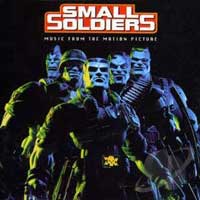
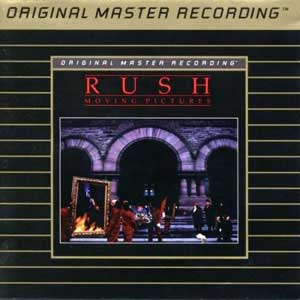
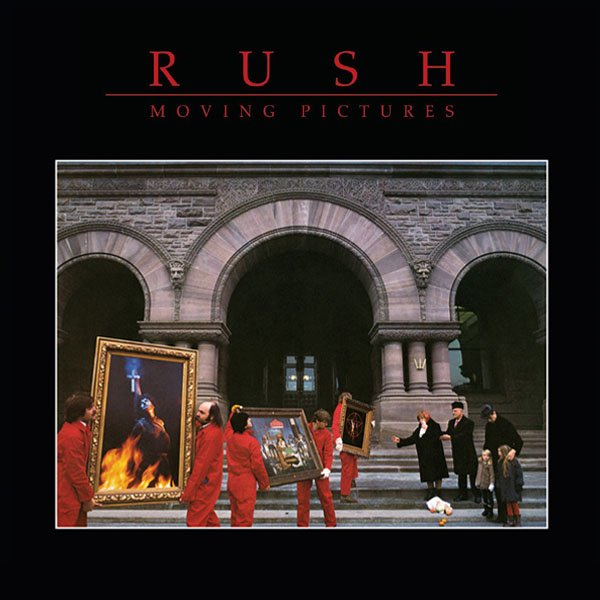
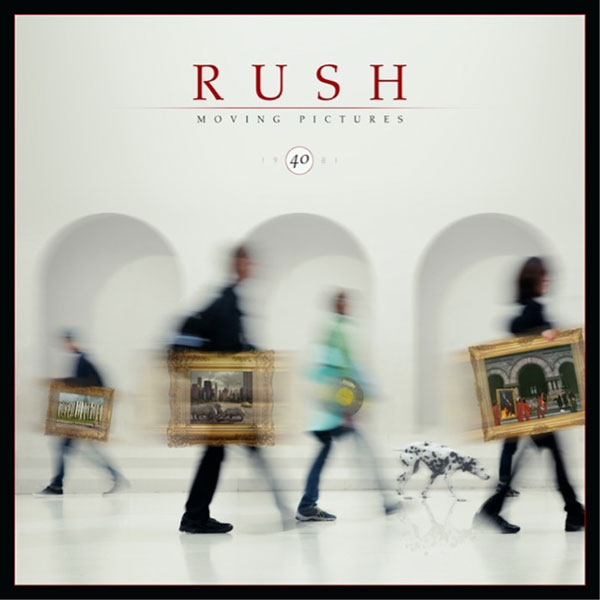
In Their Own Words
"There are usually one or two songs that you're struggling with tooth and nail. 'Tom Sawyer' was one of those songs, and right up until the end it was a struggle. Everything we did on that song was just like pulling teeth. Alex went through a hundred different sounds for the guitar solo. There's always one song that haunts you and drives you crazy." - Geddy Lee, Classic Rock, October 2004
"There's no making ['Tom Sawyer'] easier to play - it still takes everything I've got. To get the right sound and feel, a drum part like 'Tom Sawyer' requires full-force, blunt-object pounding with hands and feet, but there's also a demanding level of technique, smoothness, and concentration. Playing 'Tom Sawyer' properly - or as close as I can get on a given night - requires full mental, technical, and physical commitment, and I can't imagine there would be any way to make that kind of output easier. And if you ask me, it shouldn't be. If it wasn't hard, it wouldn't be satisfying to get it right!" - Neil Peart, "Thus Spoke Neil", Drum Magazine, June 2009
"The title [YYZ] refers to the identity code used by the Toronto International Airport. We used the Morse Code signal emitted by the control tower as a rhythmic device for the introduction (-.--/-.--/--..) dah dit dah dah dah dit dah dah/dah dah dit dit, = Y-Y-Z." - Neil Peart, "Notes On The Making of Moving Pictures", Modern Drummer, February 1983
"Sometimes I have a change of heart about being in the first person, and change to the third person. For instance, in 'Limelight', which was a delicate subject to handle, especially for Alex and Geddy, for them to be able to sympathise and empathise with the song, there were times when I had to change it from the first person, to say 'One must put up barriers to keep oneself intact'. Whereas my original intention had been 'I must put up. . . ' And when Geddy suggested that change of focus, I realised it was right. Because it's not just me who has to do this." - Neil Peart, Sounds, March 14, 1981
"Parts one and two do exist, in my notebook. Part one was called 'The Enemy Within'; how fear affects your life and restricts what you do. And part two was called 'The Weapon'; how fear is used against you. How other people keep you in your place, or keep you out of theirplace." - Neil Peart, Sounds, March 14, 1981, confirming the original "Fear" trilogy was already completely written at the time of the release of "Witch Hunt" in 1981
"We were looking for an urban sound effect, and we ended up using a part of Superman, when Clark Kent is arriving at the offices of the Daily Planet amid the traffic and bustle of Metropolis." Neil Peart, "Rush Backstage Club Newsletter", October 1991, regarding the city sounds at the beginning of "The Camera Eye"
"I remember the day 'Witch Hunt' was recorded. Sadly, it was the same night that John Lennon was shot in New York. We were right in the middle of recording it when that all went down. It's one of those songs that means as much today, if not more, considering what's gone on in the world with racial profiling and all these different issues. The sentiment of that song is as appropriate as ever." - Geddy Lee, Cleveland.com, April 15, 2011
"We weren't really keen on playing 'The Camera Eye' for a very long time. It wasn't until we ended up doing the whole Moving Pictures album that we made an effort. It ended up being our favorite song to play on a nightly basis. It's a challenging song to play and it's long. There are a lot of ups and downs and a lot of melody changes and key changes. It's a workout but to play it well is very, very satisfying for us. We'll continue to play it on this next tour. [Webmaster's Note: based on this, one can assume that they intended to include "The Camera Eye" on the Clcokwork Angels tour, but that it was ultimately dropped due to time constraints.]" - Alex Lifeson, Guitar Player, November 2012
"It's funny, some of those old songs sound so strange to me now, but when you start playing them you get back into that head-space you were in when they were written and recorded. It's really all about your sense of perspective. A few years ago we brought back 'The Camera Eye'. I never wanted to play that song. I never thought it was particularly worthy. And yet it was one the most requested Rush songs. I couldn't understand it. How could people be so wrong? I realised I underestimate the moment in time - the context of that moment. When we started playing 'The Camera Eye', I thought, okay, there are a lot of pretentious moments in this song. It hasn't aged well. But then I started re-learning the keyboard parts and putting together a slightly different version - instead of eleven minutes it clocks in at nine-and-a-half. And in the playing of it, yes, I fell in love with it again. And that's where it becomes very subjective, and not objective. I stopped being able to tell if it was a pretentious song, and I just enjoyed playing those chords and I remembered why the song got recorded in the first place - I liked the chord progression and the vocal melodies. You can go back to that time and appreciate what you were trying to do. This song - it was a point in your life, and fans want to relive that point in your life and you can have fun playing it. I dig the hell out of that song now." - Geddy Lee, ClassicRock.com, May 2015
"The Morse code came from a flight back to Toronto. I had a friend who picked us up in a Piper Aztec, a little six-seater plane. The Morse code notifier for Toronto was YYZ. We were listening to it and Geddy or Neil commented on the rhythm of it, what a cool rhythm that would be." - Alex Lifeson, EW.com, November 20, 2015
"I'd go for The Camera Eye from Moving Pictures. For me, this is Rush continuing in the tradition of their incredible 70s epics, but achieving something more structured and lyrically mature. As with the whole of the Moving Pictures album, it strikes a perfect balance between the power trio format of the 70s and the more layered keyboard-dominated sounds to come. It's also got one of the great Alex Lifeson guitar solos - among so many!" - Steven Wilson (Porcupine Tree), PROG, Issue 52 January 2015
Promos
Smartphone Wallpaper
Our RUSH smartphone wallpapers have been modified for a 9:19.5 aspect ratio to fit "most" Smartphones.
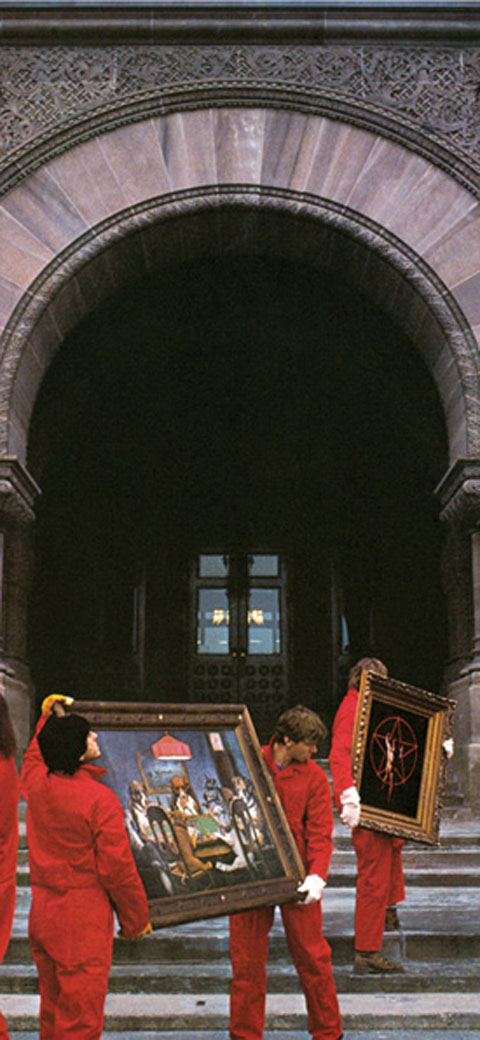
This is a collection of transcripts of magazine and newspaper articles and other media related to this release or coinciding with the time frame surrounding it. This is an ongoing work in progress; feel free to email any suggested additions.
